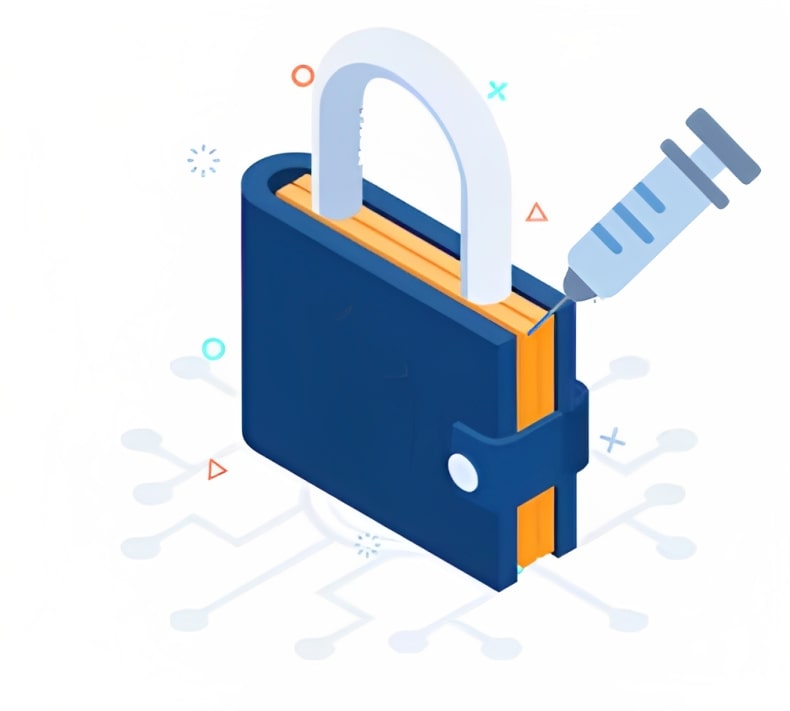Understanding The Crypto Address Poisoning Attack: How It Works and How to Prevent It
Hackers and spammers always have multiple ways to steal cryptos, whether it is from the platform or individuals.
There are many methods of stealing cryptocurrencies, but a recently emerging tactic is called Address Poisoning. This technique is on the rise, adding another weapon to the attacker’s arsenal.
What Is Address Poisoning Attack?
An address poisoning attack is a type of cryptocurrency theft where an attacker tricks you into sending funds to their address instead of your intended recipient.
The trick is simple. The attacker makes the transaction with dummy coins and a fake address that looks similar to the one you frequently use.
The address the attacker uses looks too identical to the real address because we’re all just often ignored to check the full 20-40 alphanumeric characters.
Most of us never look at the full address where we made the transactions or just check the first or last 5-10 characters and copy-paste them to make new transactions.
The attacker takes advantage of this ignorance and creates a fake address with starting and ending characters that match the original address.
Next time while making the transaction, you copy and paste the dummy address instead of the correct one, and congratulations on your precious crypto received by the attacker, which is impossible to retrieve.
How Address Poisoning Work?
Firstly the attacker monitors blockchains like Ethereum, Binance Chain, or Polygon, where transaction fees are low. And most crypto tokens transactions are done. After acquiring the target, the attacker uses a vanity address generator to create a nearly identical address that matches their target’s first and last characters.
Next, the attacker sends a small amount of crypto (sometimes the value is 0) to the victim’s wallet from the dummy wallet, successfully poisoning the victim’s wallet transaction history.
Furthermore, attackers now have taken an additional step and are sending transactions with tokens that have no value but appear to have a value. For instance, a user sent a legitimate transaction worth 5300 USDC, and the attacker imitated it by sending a transaction with a token that has no value but shows a value of 5300.
While most wallet apps offer convenient features that allow users to copy addresses safely, some users may copy addresses directly from the blockchain or their transaction history. This allows an attacker to easily trick the user into sending the cryptocurrency to an identical address.
And do know that Blockchain transactions are irreversible, meaning that if you accidentally paste a fake address while trying to send funds to a particular wallet you own, the funds will be sent to the attacker.
Although this attack doesn’t grant scammers access to your wallet. it could easily cost you funds.
Prevention Measures for Address Poisoning.
Well, no tool or software is going to prevent or stop the attack because the attack occurs when the user is lazy or careless. So here are some preventative measures you can take to avoid becoming a victim.
First and the easy method is to check the address before sending any crypto asset. Not just the first or last 5-10 characters, but the whole address. Yes, it is going to be a daunting task, but you have to do what you have to do.
The second measure is to avoid copying the address from the transaction history, whether it is from a wallet or a block explorer. For example, when moving your funds from one wallet to another.
The simple one is, before making any big transaction, send the small amount first to cross-check the address. This approach requires paying the gas fee twice, which may not be feasible depending on the current price of gas.
Now some wallets provide an address book feature where you can store some important addresses you frequently make transactions. If your wallet has that feature, use it.
Also, wallets support the feature of setting alerts when your address transacts or interacts with a specific smart contract. These can be used to confirm your usual transactions (allowing you to ignore anything else) or flag suspicious transactions involving your address.
The last method is to use a cold wallet which is self-custodial and not connected to the internet. It also checks and confirms every transaction sent.
Conclusion.
The Address Poisoning Attack may not pose a major threat to the cryptocurrency world, but it can cause serious damage to individual users.
As a user, it is important to understand the details of the Address Poisoning Attack and take preventative measures to ensure a secure environment for crypto transactions. By being careful with address verification, avoiding copying from transaction history, and using tools like address books and alerts, you can protect yourself from falling victim to this type of attack.
